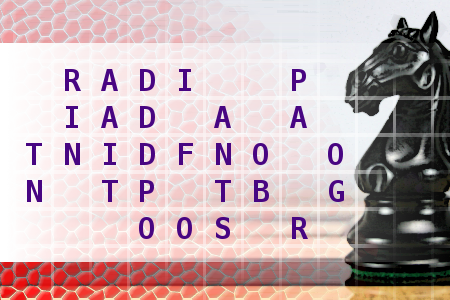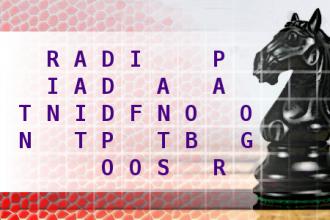Chess Knight Move
Find the country and its capital city, using the move of a chess knight. First letter is T. Length of words in solution: 8,3,6,4,2,5.Correct answers: 32
The first user who solved this task is Thinh Ddh.
#brainteasers #wordpuzzles #chessknightmove

Nuns on the Highway
A cop pulls over a car full of nuns.
The cop says, “Sister, the speed limit on this highway is 55 mph. Why are you going so slow?”
Sister replies, “I saw a lot of signs that said 41, not 55.”
The cop says, “Sister, that’s the name of the highway, not the speed limit.”
“Silly me,” the embarrassed nun says. “Thanks for letting me know. I’ll be more careful.”
But then the cop glances in the back seat where the other nuns are quaking with fear.
He asks, “Excuse me, Sister, what’s wrong with your friends?”
Sister says, “Oh, we just got off Highway 101.”

